

Website Search
Find out what's happening at our locations. Browse upcoming events and discover our dedicated learning spaces. Reserve a meeting room. Explore our galleries and special collections.
Read articles from magazines and journals, learn a new language, or locate a newspaper article. These resources can't be found with a search engine but are available for free with your library card.
Lexington, Kentucky (August 18, 2022) – The Lexington Public Library broke ground on a new, significantly larger facility in the former Village Branch location on Versailles Road to better provide for the needs of the neighborhoods it serves. The new branch will reflect the community’s vision for a state-of-the-art community hub, one that offers robust resources and a myriad of program and service offerings. The groundbreaking ceremony was held on Tuesday at a media event featuring Library and City officials.
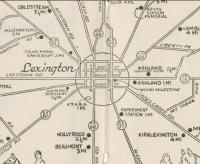
The Kentucky Room's collections contain Lexington's residential directories going back over 200 years, and are some of the most useful resources for researchers looking for family information, neighborhood histories, and house histories.
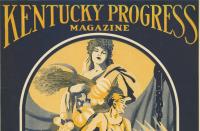
The Kentucky Progress Commission was formed in 1928 in order to draw tourism and business to Kentucky. It was formed by the Kentucky Legislature, and was a 12 person board.
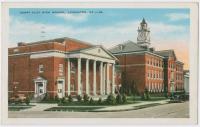
Lexington's school system dates back to the city charter of 1831, and it first school opened in 1834.
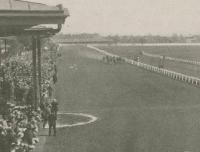
Fayette County's local businesses and organizations contain a wealth of information about local residents.
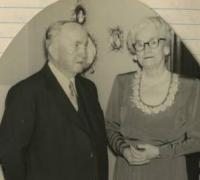
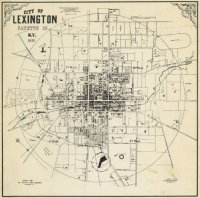
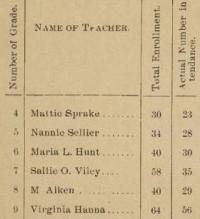
The city reports and ordinances for Lexington contain a wide variety of information about the people, infrastructure, and businesses.

The Library's digitized collection includes some non-Fayette County directories for businesses, farms and residences.
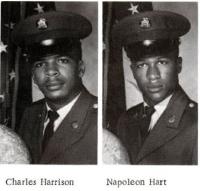
The United States Army Armor School began in 1940 as the Armored Force School and Replacement Center at Fort Knox, Kentucky.
The Lexington-Fayette County Health Department had its earliest form almost as long as the city itself has existed, when the newly formed city of Lexington would appoint a local physician to investigate reports of certain diseases for qu
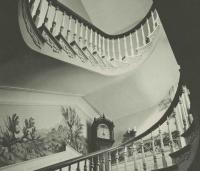
Old Homes of the Blue Grass is a photographic review of historic homes in Kentucky’s Blue Grass region.
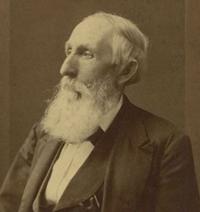
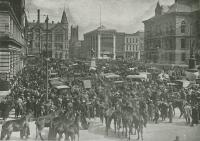
Illustrated Lexington Kentucky contains photographs, demographics, commerce and financial information about Lexington up to 1919.
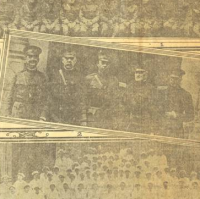
The Council of Defense books contain records for Fayette County’s Army soldiers, Navy sailors, Marines, and Army nurses in World War I, and include information regarding the person’s residence, birth place and date, specific units and en
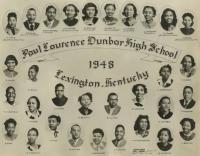
Dunbar High School opened in 1923 at 545 North Upper Street as the only all-black high school in Lexington’s city school system.
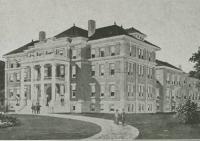
Fayette County's buildings contain a great deal of history about the region and its inhabitants.
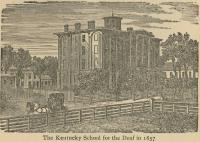

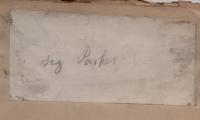
The Cyrus Parker Jones Funeral Notice collection contains 667 funeral cards of Lexington residents during the years of 1806-1886.
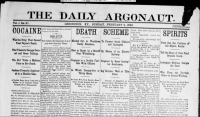
The Daily Argonaut began in 1895 and seems to have ceased publication in 1899. This collection includes scattered issues from 1896, 1897 and 1898.
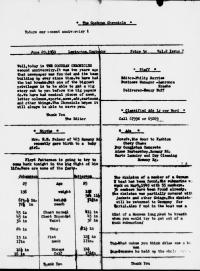
The Cochran Chronicle appears to be a neighborhood leaflet created by two school children, Philip Borries and Laurence Kraehe, living on Cochran Road in the Chevy Chase area of Lexington, KY in 1960.
Download eBooks, audiobooks, magazines, and more – free with your library card.










